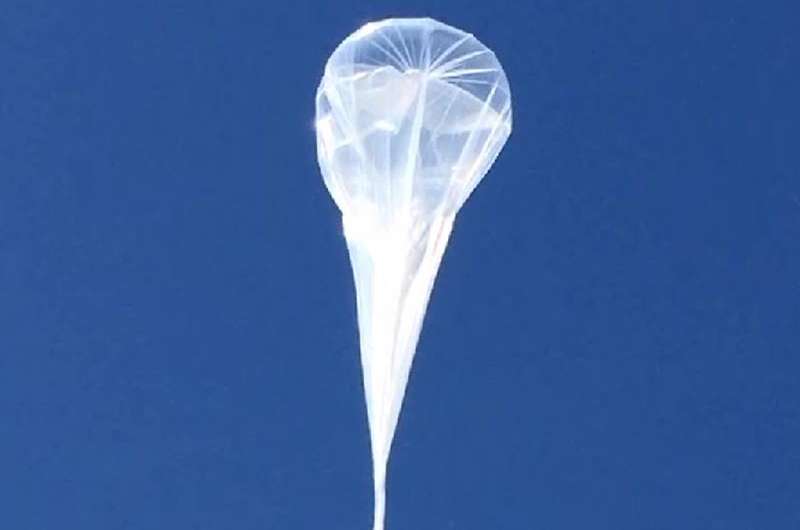Small prototype Earth return capsule flight tested

A prototype capsule that one day will return science experiments to Earth was tested by releasing it from a high-altitude balloon in Tillamook, Oregon. Technology like this capsule could one day return biological samples and other small payloads from space in a relatively short time.
NASA's Flight Opportunities Program funded the flight test for the new type of orbital entry return capsule aboard one of the program's providers, Near Space Corporation's (NSC) high-altitude balloon. The Flight Opportunities Program procures flights on proven commercial suborbital platforms to flight-test space technologies of interest to NASA.
NSC personnel launched the balloon to an altitude of about 20 miles or 101, 400 feet on June 21. The capsule, developed by Terminal Velocity Aerospace (TVA) of Atlanta, Georgia, then was released and descended at a velocity similar to what it would experience during an actual entry from space. The flight of the capsule demonstrated mission-enabling technologies including low-cost communication and electronic systems, along with a stem cell sample return experiment that was aboard the capsule.
"This launch is critical to ensuring that we have fast, safe, reliable and affordable ways to return important science back to Earth," said Paul De Leon, a campaign manager for the program from NASA's Ames Research Center in Moffett Field, California. "Small entry capsules like Terminal Velocity's will allow scientific samples from the International Space Station, or more distant destinations like an asteroid, to return to Earth more regularly, which will provide researchers the samples quicker."
The flight data provided the first validation of the Federal Aviation Administration's Automatic Dependent Surveillance-Broadcast (ADS-B) tracking technology in an Earth reentry vehicle descent trajectory. The test also confirmed the ability to transmit through an Ames-developed thermal protection material that is transparent to radio frequencies. TVA plans to use two different Ames developed materials to protect future operational capsules from the extreme heat generated during reentry.
"We are pleased with the outcome of this test and grateful to NASA for supporting the flight opportunity," said Dominic DePasquale, CEO for TVA. "The results are a testament to the hard work of our engineering team and partners, and they are a major step toward an affordable orbital shipping service that will greatly enhance utilization of space for medicine, materials and other applications. The drop test also demonstrated several technologies in common with TVA's other reentry devices in development and of benefit to the broader community."
The Flight Opportunities Program is managed at NASA's Armstrong Flight Research Center in Edwards, California. Ames manages the solicitation and selection of technologies to be tested and demonstrated on commercial flight vehicles.
Provided by NASA




















